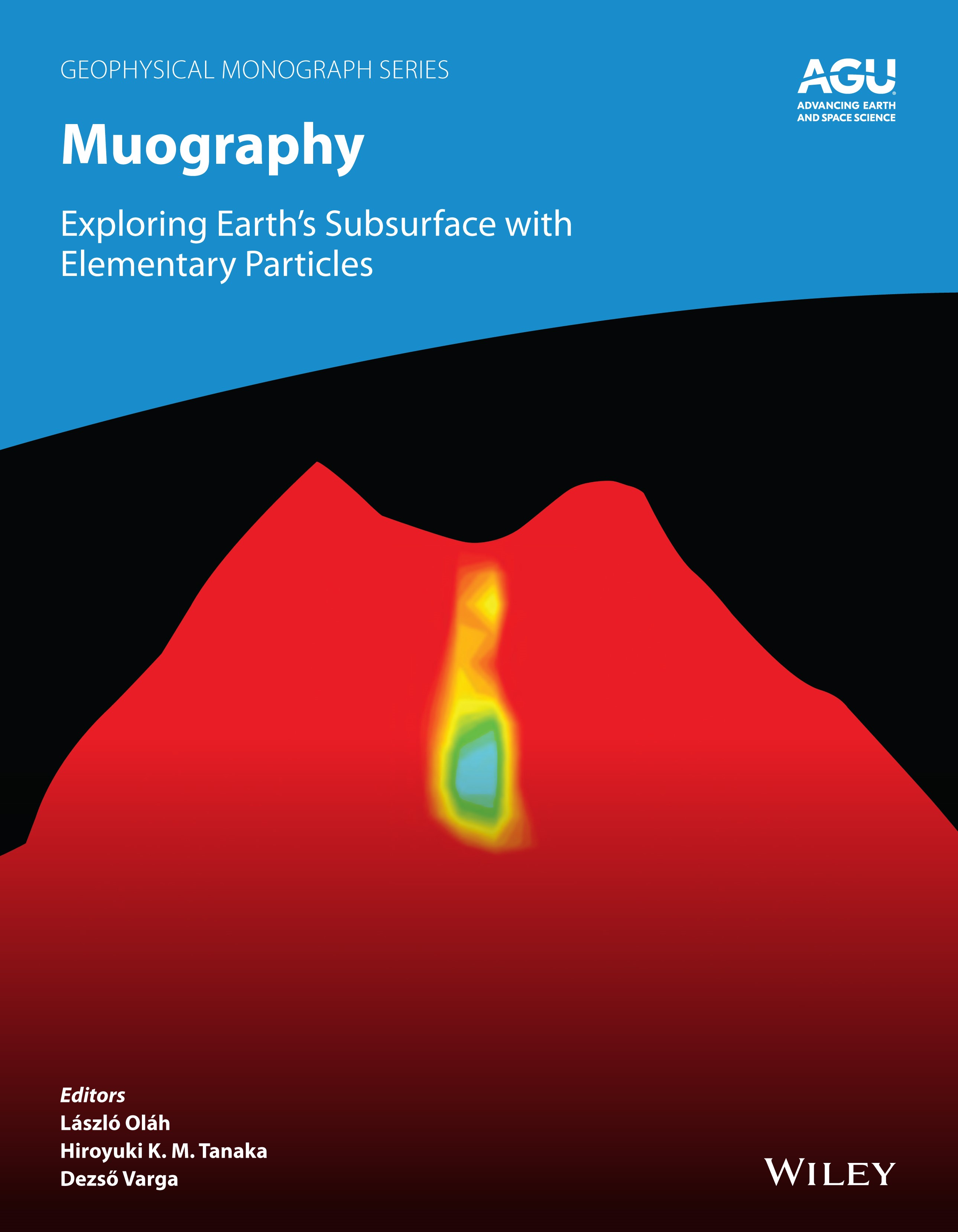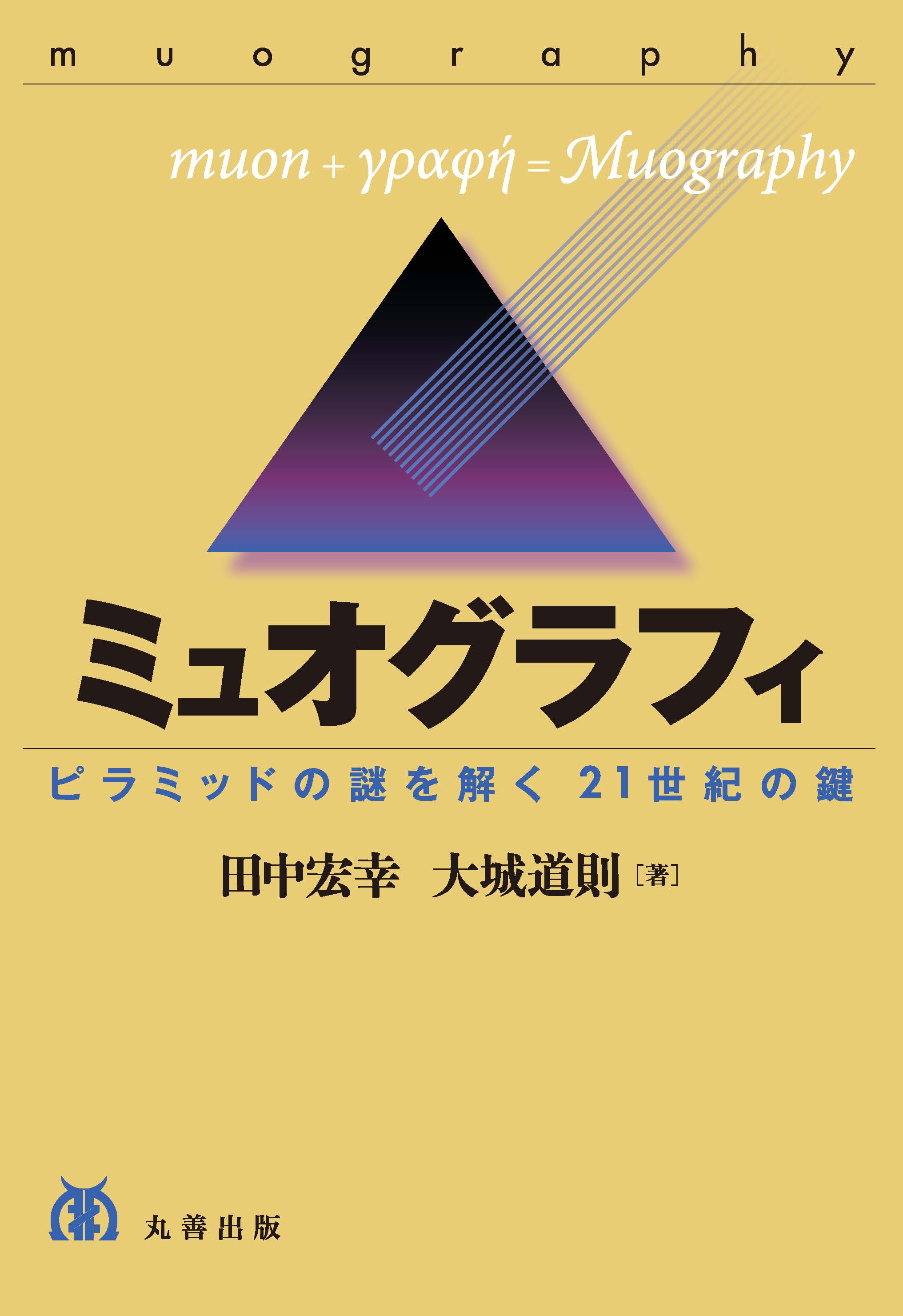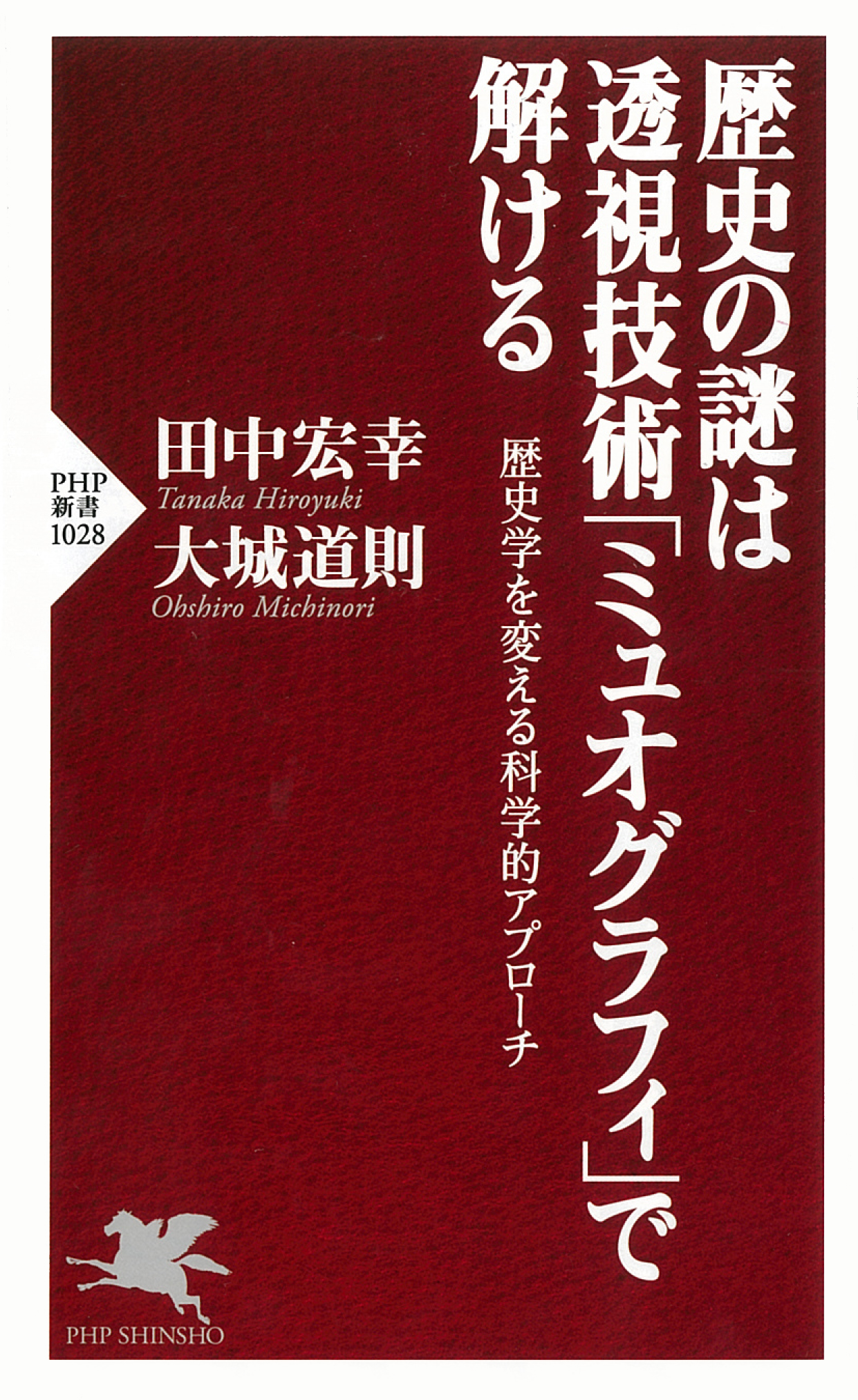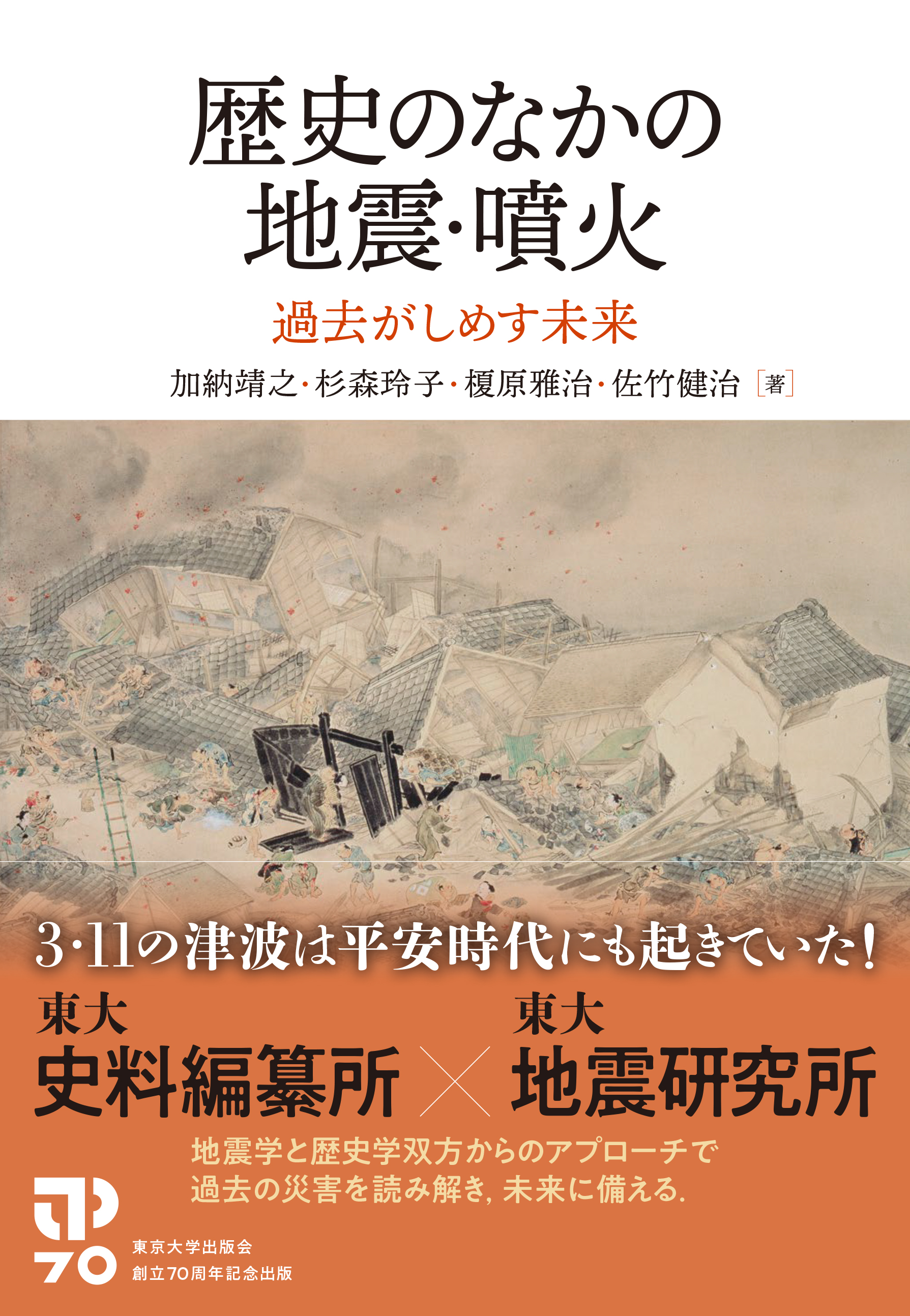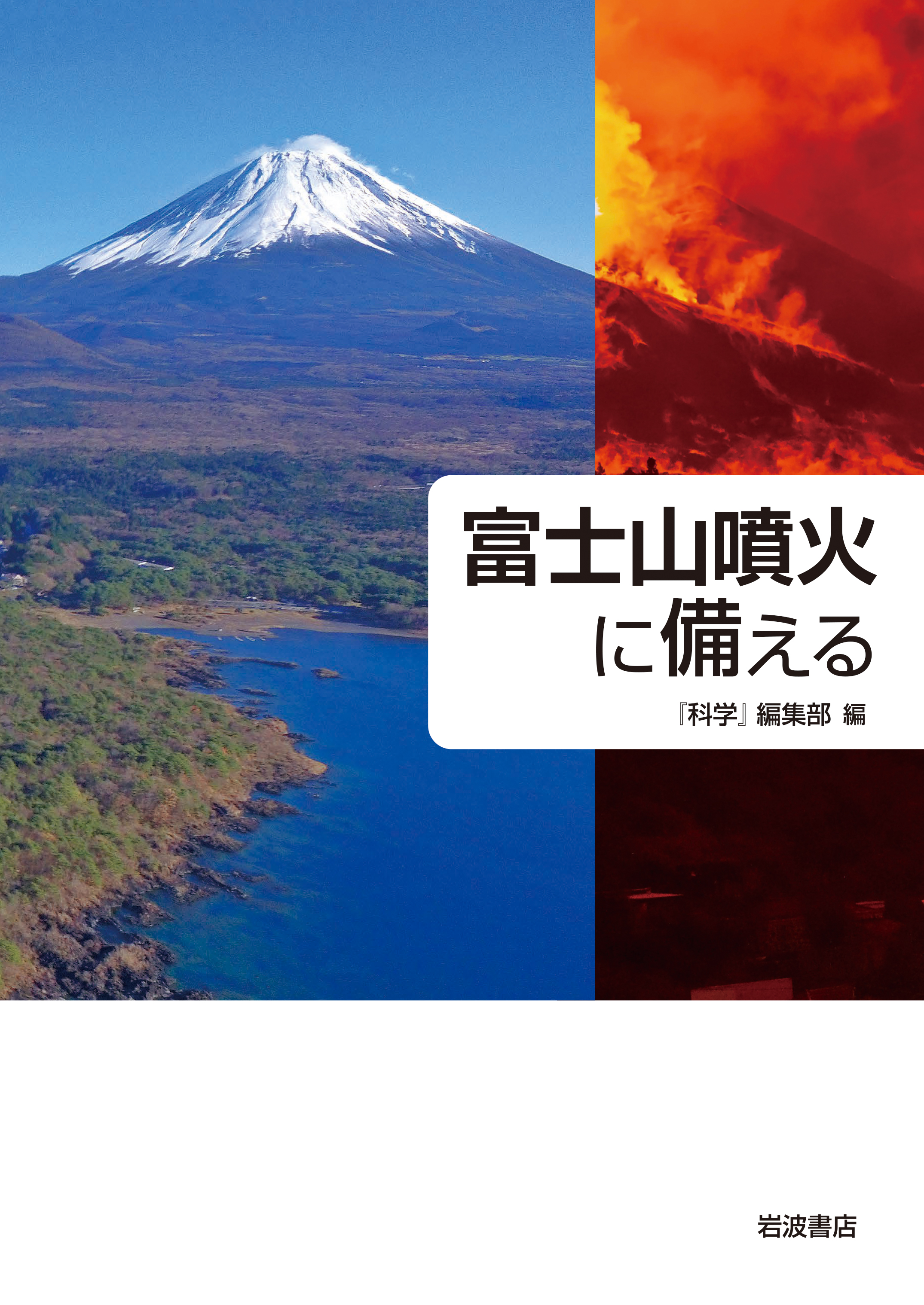
Title
Fujisan Funka-ni Sonaeru (Preparing for an Eruption of Mt. Fuji)
Size
160 pages, B5 format, softcover
Language
Japanese
Released
February 21, 2023
ISBN
9784000063425
Published by
Iwanami Shoten
Book Info
See Book Availability at Library
Japanese Page
This book is a collection of articles previously published in the science journal KAGAKU, with the majority of articles coming from the 2014 special issue on caldera eruptions and the 2022 special issue on eruptions of Mt. Fuji. In addition to dealing with different types of eruptions (caldera eruptions vs. eruptions of Mt. Fuji), the content of the articles differs substantially due to the 8-year gap separating their publication. The disastrous eruption of Mt. Ontake in September of 2014 prompted extensive volcano research from the perspective of disaster prevention and mitigation. These efforts have led to advancements in monitoring technology and the accumulation of data, both of which have deepened our understanding of volcanic eruptions. “Part 1: Preparing for an Eruption of Mt. Fuji” contains real-life examples of volcanic disaster countermeasures based on this understanding. Reading the book with the above in mind will help the reader to better identify trends in volcano research and will undoubtedly increase the enjoyment of the book.
“Magma Plumbing System beneath Fuji Volcano Unraveling from Volcanic Ejecta,” explains the uniqueness of Mt. Fuji as a stratovolcano from the standpoint of its underground magma plumbing system. The authors' model of the magma plumbing system was deduced based on examination of not only the ejecta and crystals contained therein but, also, various other materials such as melt inclusions (i.e., deep magma trapped in crystals) and deep rock of the volcano ejected during eruptions. (A personal commentary written by YASUDA Atsushi, Associate Professor, Earthquake Research Institute)
“Real-time visualization of Sakurajima” introduces the latest results from a muography technique which uses an elementary particle called the muon as a probe to image the internal structure of a highly active volcano in southern Japan. Muons are created when cosmic rays from the far reaches of the galaxy collide with the Earth’s atmosphere. From the atmosphere, muons travel to the Earth’s surface and beyond; some penetrate as much as a few kilometers of rock. The muography technology has evolved alongside the development of monitoring technology. An array of light-weight, high-definition muon detectors that comprise Muography Observation System (MOS) is currently installed on Sakurajima. This book begins with a brief explanation of this MOS, followed by a discussion of magma dynamics inside Sakurajima (as imaged with MOS) and the relationship between magma dynamics and eruptions. (A personal commentary written by TANAKA Hiroyuki, Professor, Earthquake Research Institute)
“3D Density Tomography Determined from Multi-directional Muography of the Omuroyama Volcano, Japan” describes efforts to visualize the 3D density distribution of Omuroyama in the Higashi Izu monogenetic volcano field by imaging the volcano’s interior in multiple directions using the muography technique described in the previous article. Whereas previous studies were limited to observations in two or three directions, the authors of this study were able to conduct observations in 11 directions and thereby achieve high 3D spatial resolution by using light-weight nuclear emulsion films that do not require a power supply. The 3D image shows that the magma that intruded the mountain body from the central main conduit formed lava flows at the western foot and small craters on the southern flank. Although this observation method is not yet ready to be applied to larger, active volcanoes, it is expected to contribute to disaster prevention measures for volcanic eruptions that involve lava flows. (A personal commentary written by MIYAMOTO Seigo, Research Associate, Earthquake Research Institute)
(Written by YASUDA Atsushi, Associate Professor, TANAKA Hiroyuki, Professor, MIYAMOTO Seigo, Research Associate, Earthquake Research Institute / 2023)
Related Info
Mt. Fuji’s fury: When it blows, ancient traces suggest disater (The Asahi Shimbun June 15, 2020)
https://www.asahi.com/ajw/articles/13432301
Japanese panel warns any possible eruption of Mt. Fuji could paralyze Tokyo (REUTERS March 31, 2020)
https://jp.reuters.com/article/us-japan-fuji-volcano/japanese-panel-warns-any-possible-eruption-of-mt-fuji-could-paralyze-tokyo-idUSKBN21I18W/



 Find a book
Find a book


